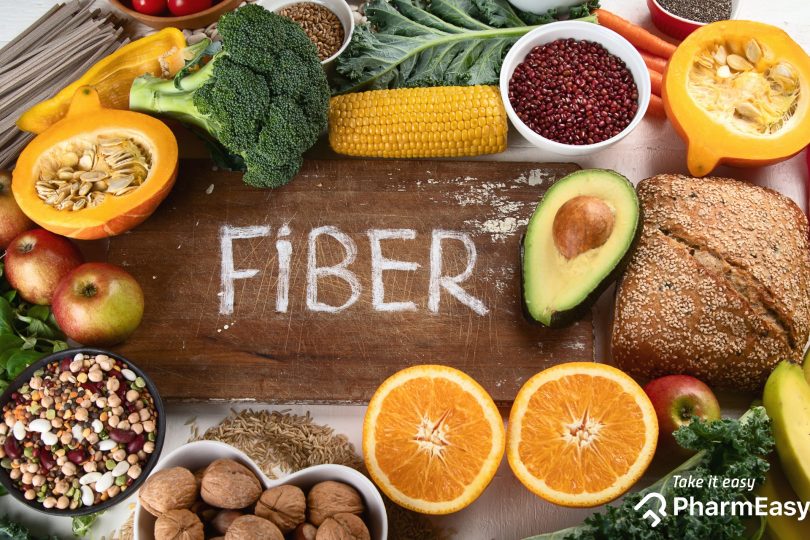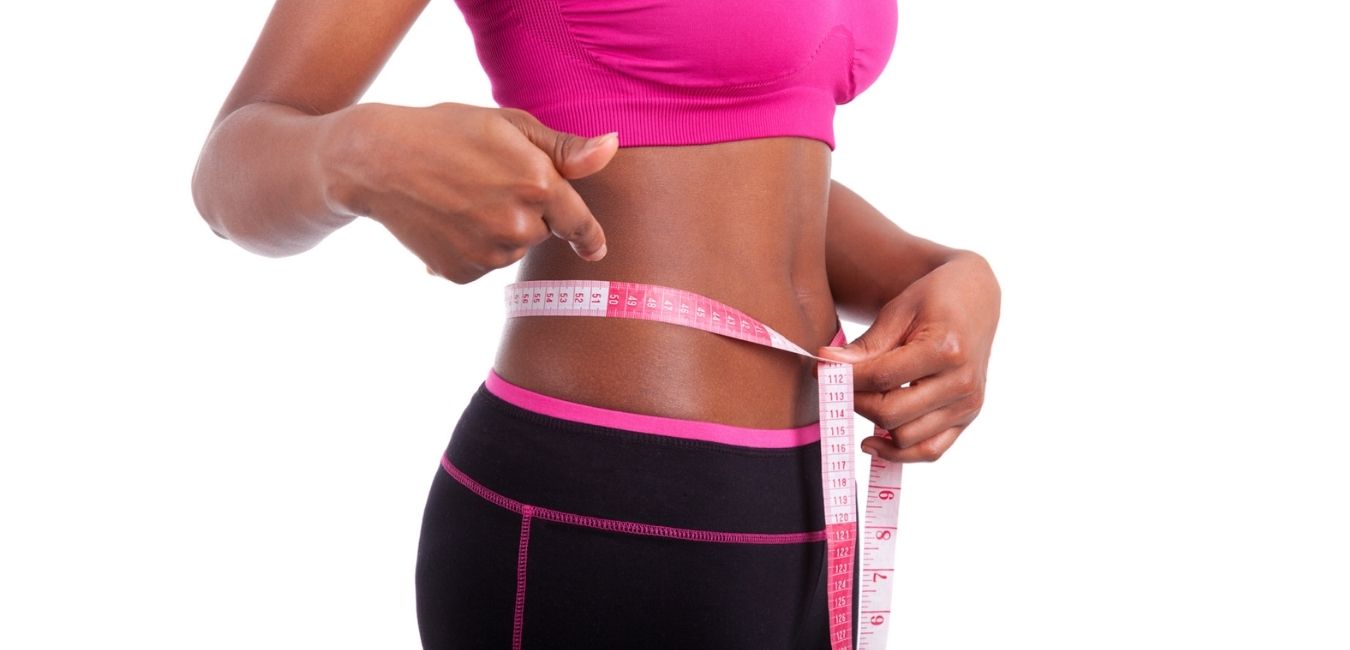Best advice, tips, tricks, and ways to follow to get a natural flat tummy for both males and females without any harmful side effects.
You’ve probably realized that you are developing a big belly or perhaps, you’ve seen pictures of other women or men with abs and you’re motivated to attain that body shape to feel comfortable because it is what the majority are fighting for on the internet.
Or probably, you’ve been missing your routine at the gym very often, thanks to your busy schedule (or plain laziness), and suddenly you realize that in one week you have to attend a wedding.
You want to wear your favorite saree or figure-hugging dress but are worried about your flabby stomach bulging out. This makes you worry about how to lose the fat around your tummy. While you cannot reduce fat, you can lose belly fat by decreasing your total body fat percentage.
Whatever your motivation is, it is still good for your health. And you don’t have to completely alter your daily habits to get a flat stomach overnight.
Losing the fat around your midsection can be a battle. In addition to being a risk factor for several diseases, excess abdominal fat may make you feel bloated and discouraged.
Not only is a flat stomach a marker of better health, the less fat around your midsection the lower your risk of heart disease and diabetes. The good news is that with a few small changes, you can make a big difference.
While there are many different factors that go into obtaining a flatter midsection, such as hormones, genetics, etc., flat belly foods aren’t always one of them. That said, with the goal of improving overall health, some easy tweaks can help reduce bloating and set you up for long-term healthier habits without resorting to crazy (and dangerous) dieting techniques. (To this end, it’s also worth noting that weight loss, health, and body image are complex subjects — before deciding to go on a diet, we invite you to gain a broader perspective by reading our exploration into the hazards of diet culture.)
The easiest place to start, and will lead to the most overall benefits, is to slowly increase your daily fiber intake. Adding too much too quickly can have the opposite effect, says Amy K Fischer MS, RD, CDN. Try adding more fruits, vegetables, legumes, and whole grains for example. Choose high fiber cereal or oats for breakfast, make your daily snacks fruit and veggie-based with carrots and hummus or apple with nut butter. Try adding chia seeds, avocado, and frozen raspberries into your smoothie to increase your fiber, daily vitamin, and mineral intake.
For short-term de-bloating cut back on sodium, aim for less than 1,800-2,000 mg per day, and watch your intake of cruciferous vegetables like broccoli, cauliflower, kale, as well as legumes. Even though they’re an extremely nutritious choice, most of the time, these fiber-rich foods can lead to some gas pain depending on how hydrated you are and how much fiber you usually eat.
On the internet now, there have been flat stomach advertisements floating almost on every social media platform. The question that comes to my mind all the time after sighting these drinks, foods, and other products online claiming to reduce belly fat is “are they effective? won’t they cause any side effects?”.
If your goal is to shed a few pounds while improving your overall health, eat more real, wholesome foods and get moving by incorporating daily activity. In the meantime, TheVibely has compiled 20 easy science-backed tips changes for a flatter belly:
1. Add cardio

Cardiovascular or aerobic exercises are an excellent way for a person to burn calories and improve their heart health.
Many cardio exercises are effective in trimming and strengthening a person’s midsection. Some examples include running, walking, and swimming.
Research has shown that moderate-to-vigorous aerobic exercise can reduce fat in overweight people, even without a reduction in calorie intake.
2. Eat more fiber

Fiber can help make a person feel fuller for longer, which can reduce the amount of food that they eat during and between meals.
Fiber also keeps the digestive system functioning. A healthy digestive system can reduce bloating and keep the stomach looking slim.
3. Limit refined carbs
Carbohydrates are a source of energy for the body, but not all carbs are equally healthful. The body transforms certain carbs, such as white bread and white pasta, into glucose. When a person consumes more glucose than is necessary, the body stores the excess as fat.
A person looking to reduce the amount of fat around their midsection should limit their consumption of refined carbs.
As carbs are essential for energy, people should still eat healthful, whole-grain varieties.
4. Increase protein intake
Protein offers the bodybuilding blocks to repair and grow muscle, and it also helps a person feel fuller for longer.
A small 2012 study found that people who consumed high-quality proteins, such as milk, eggs, and beef, had a lower percentage of abdominal fat.
5. Do exercises while standing, not sitting
People should opt to stand when lifting weights or doing resistance training. Standing while performing certain movements, such as bicep curls, can help a person engage their core as they lift.
This engagement can help strengthen the core muscles and trim the stomach area.
6. Add resistance training
Doing resistance training can help ensure that a person who is cutting calories does not lose muscle mass. Developing muscle mass can also help the body burn more calories while at rest.
Common types of resistance training include weightlifting and doing exercises that use bodyweights, such as squats and lunges.
People can do resistance training by themselves or in conjunction with cardio. The results of a study in obese adolescents suggest that combining both resistance and cardio training is an effective way to reduce body fat.
7. Eat more monounsaturated fatty acids

Monounsaturated fatty acids, which people often refer to as “good fats,” are present in fats that are liquid at room temperature.
Healthful sources of monounsaturated fatty acids include:
- avocado
- olive oil
- nuts
- sesame oil
- peanut butter with no added sugar
A 2016 systematic review found that diets rich in monounsaturated fatty acids could help reduce body weight.
8. Move more

People looking to lose belly fat can try adding in extra movement and activity throughout the day, especially if they generally spend most of the day sitting at work or school.
Examples of small activities that add up throughout the day include:
- taking the stairs
- walking
- using a standing desk
- fidgeting
- stretching throughout the day
One study even suggested that adding this extra movement could help a person burn up to 2,000 additional calories a day, depending on their body weight and activity level.
9. Swap out high-calorie drinks
High-calorie beverages often provide few or no nutrients, and drinking them makes it easy to overindulge in extra calories without realizing it.
There are some obvious offenders, such as soft drinks and energy drinks. However, other popular drinks, including juice, milk-based coffee beverages, and alcoholic drinks, all have extra calories, often with no additional nutritional value.
To avoid consuming too many calories in drinks, a person can:
- swap juice for whole fruits, which are full of fiber
- limit or avoid milk and sugar in coffee and tea
- make mixed alcoholic drinks with soda water instead of tonic, cola, or ginger ale
10. Drink enough water

People can minimize water retention and bloating, both of which can make a person’s stomach look larger, by drinking plenty of water.
Drinking a glass of water before a meal could also fill up the stomach and help with portion control during the meal.
People can drink plain water or infuse it with citrus fruits, cucumber, or berries to add flavor. Drinking herbal teas is another excellent way to stay hydrated.
11. Work the core
The core muscles are those around the trunk, which include both abdominal muscles and back muscles. Working on the core can help a person gain muscle and burn more calories throughout the day.
A strong core will also support the body during a variety of other activities, including cardio and resistance training, reducing the likelihood of injury.
Building up core muscles can help the stomach look and feel toned when a person loses belly fat.
BOTTOM LINE:
By strengthening your core, you are training the muscles that hold your stomach in. By having well-trained abs, you will appear taller, more confident and leaner.
12. Get enough sleep

Sleep is necessary for overall health, including maintaining a healthy weight.
Research from 2018 found that sleep deprivation affects the hormones that regulate a person’s appetite and can make them feel hungrier. The authors noted that increasing sleep duration and improving sleep quality could help people lose weight.
People can get more sleep and improve sleep quality by:
- keeping electronics out of the bedroom
- going to bed 30–60 minutes earlier than usual
- doing relaxing stretches or meditation before bed
- getting enough sunlight throughout the day
- exercising regularly
- avoiding caffeine and alcohol before bed
13. Reduce stress

There is an association between stress and several health issues. These issues include weight gain, which may occur because some people are prone to eat when they are stressed. This effect may be due to the release of cortisol, a stress hormone that can boost appetite.
Ways to relieve stress include:
- doing aerobic exercise
- talking to a loved one
- trying mindfulness
- prioritizing important tasks
- taking a break or even a holiday
- avoiding committing to too many projects and events
- taking time to do an enjoyable hobby
14. Walk for 30 minutes a day

On top of other exercises, adding a 30-minute walk each day can help a person burn more calories, reduce stress, and sneak in extra movement.
Taking 30 minutes to walk at lunchtime can help reduce stubborn fat, and it can also help a person feel more productive in the afternoon.
A 30-minute walk after dinner can aid digestion and stop someone from spending this time being sedentary in front of the television.
15. Track food intake
Keeping a food journal can help a person reflect on what they have eaten and lead them to make more healthful decisions at mealtimes and when snacking.
People sometimes underestimate how much they have eaten throughout the day or forget to consume key nutrients, opting for unhealthful snacks instead. Keeping a food journal for 1 or 2 weeks can help someone identify the source of their extra calories.
16. Eat more slowly
By eating too quickly, a person does not give their brain time to register that they are full until they have already consumed too many calories during a meal.
Eating quickly can also cause a person to swallow more air, which can lead to excess gas and bloating.
17. Try high-intensity interval training
High-intensity interval training (HIIT) is a quick way to burn more calories during exercise.
HIIT involves short bursts of intense movement with brief periods of rest between them. This type of interval training can help a person burn more calories in a shorter time than some traditional exercise options.
A 2018 review of studies found that HIIT training, especially running, could help reduce both total body fat and abdominal fat. HIIT cycling may also be effective, but more research is necessary to confirm this.
18. Identify food sensitivities
Food sensitivities can cause a variety of gastrointestinal symptoms, including gas, bloating, and constipation. Foods that people commonly have sensitivities to include dairy, eggs, and gluten.
If a person feels bloated or has other digestive problems after eating a particular type of food, they should speak to a doctor or dietitian.
19. Try Intermittent Fasting
Intermittent fasting is an eating method in which you rotate between eating and fasting for specific amounts of time.
The most popular intermittent fasting approaches are doing a 24-hour fast two to four times per week or a 16:8 fast, where you restrict your eating window to eight hours each day, often between lunch and dinner.
Generally, this makes you eat fewer calories overall without having to consciously think about it.
While intermittent fasting has only been shown to be as effective as regular, daily calorie restriction at reducing tummy fat, many people find intermittent fasting to be easier to stick to than traditional weight-loss diets.
BOTTOM LINE:
Intermittent fasting generally makes you eat fewer calories with little effort by restricting your “eating window.” It’s effective at reducing tummy fat and may be easier to stick to than traditional weight loss diets.
20. Don’t Drink Too Much Alcohol

Alcohol contains seven calories for each gram, which partly explains why alcoholic drinks tend to be loaded with liquid calories.
Ounce for ounce, beer contains a similar number of calories as a sugary soft drink, while red wine contains a whopping twice that amount.
Although moderate drinking is unlikely to affect weight gain, heavy drinking is linked to increased weight gain, especially around your midsection.
If you want a flat stomach, you should aim to reduce or skip alcoholic drinks.
BOTTOM LINE:
Heavy alcohol consumption may contribute to weight gain, especially around your midsection.
Summary
As you can see, there are many strategies that can help you achieve your goal of a flat stomach.
By incorporating some of the tips mentioned above into your daily routine, you may get to see your six-pack sooner than later.
Adding extra exercise to the daily routine, increasing fiber intake, and sleeping more can all help slim a person’s waistline.
Before starting a new exercise regimen, people should speak to a doctor about any health concerns.
Keep in mind that it may take some time and effort, but will all be worth it in the end if done properly.







